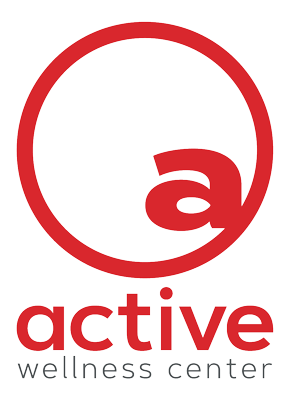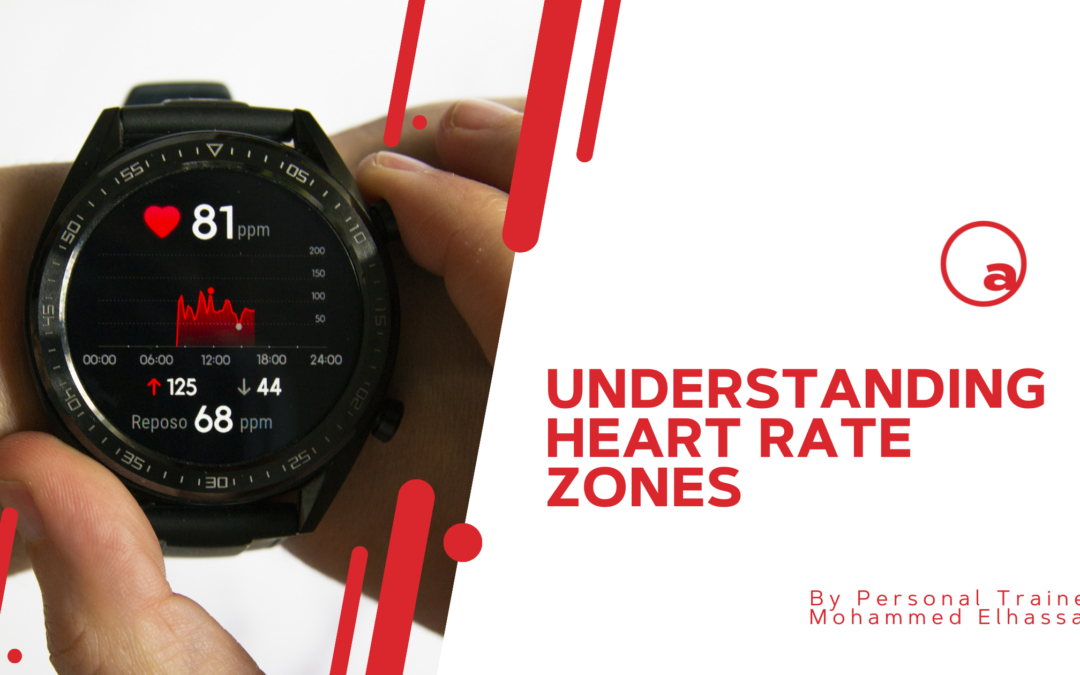Understanding Heart Rate Zones
By Personal Trainer, Mohammed Elhassan
Understanding your heart rate during exercise can provide valuable insights into the type of fuel your body is using. At lower heart rates, typically below 60-70% of your maximum heart rate, your body primarily relies on fat as its main source of fuel. This makes lower intensity activities like walking or light jogging ideal for burning fat.
As your heart rate increases, reaching between 70-85% of your maximum heart rate, your body begins to utilize carbohydrates (glucose) for energy. This zone, known as the aerobic threshold, is where many endurance athletes train to improve cardiovascular fitness and stamina. It’s right in between aerobic (oxygen used) and anaerobic (non oxygen fueling pathway) exercise.
Finally, at very high heart rates, above 85-90% of your maximum heart rate, your body switches to anaerobic metabolism, relying on stored glycogen for quick bursts of energy. This zone, known as the anaerobic threshold, is associated with high-intensity activities like sprinting or heavy weightlifting.
By understanding your heart rate zones and the corresponding fuel utilization, you can tailor your workouts to achieve specific fitness goals more effectively. You can plan to have days in which you do intervals with high intensity (anaerobic) and days where you just maintain a sustained moderate intensity (aerobic).
Have questions about programming/training in the different Heart Rate zones? You can reach Mohammed at mohammed.elhassan@activewellnesscenter.com

